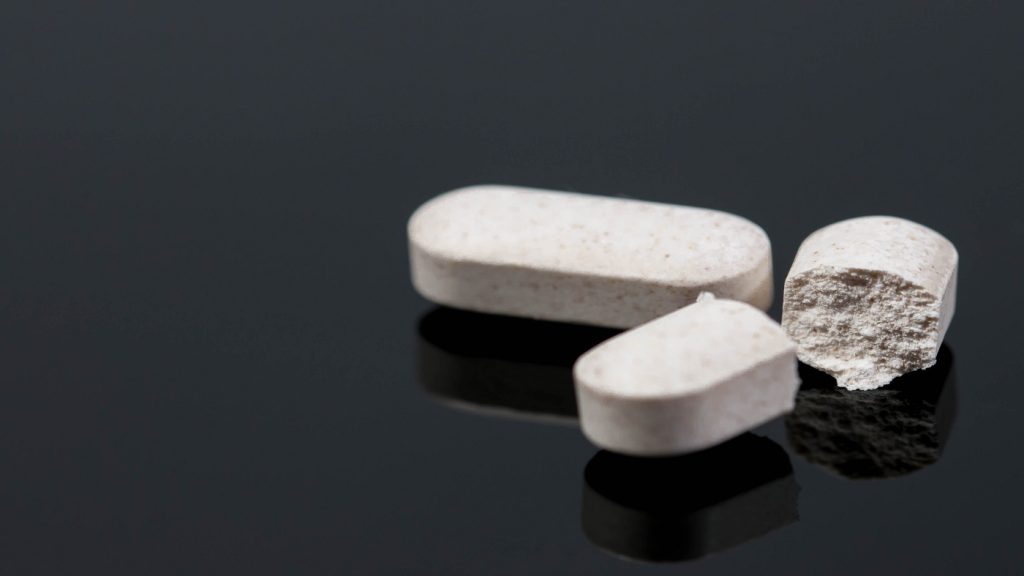How much do you know about medicinal talc?

In the pharmaceutical industry, talc powder has a wide and long history of use. It is often used as a lubricant and diluent in oral solid preparations such as tablets and capsules.
The main component of talc powder is hydrous magnesium silicate, which is mainly composed of magnesium oxide, silicon dioxide and a small amount of water.
(1) Structure of talc powder
Talcum powder has a flaky structure and belongs to the monoclinic crystal system. The crystals are flaky, with lamellae as the basic unit. Different lamellae are connected by weak van der Waals forces. When sheared by external forces, peeling between layers is easy to occur. , slipping phenomenon. Talcum powder particles are usually leaf-shaped or radial, colorless, tasteless and odorless, with excellent physical properties and insoluble in water.
(2) Physical and chemical properties of talc powder
Talcum powder is a white or off-white, sand-free fine powder with a pearly luster on its cleavage surface. It is odorless and tasteless, has a greasy feel, and is easy to adhere to the skin. It can be dissolved in water, dilute hydrochloric acid or 8.5% sodium hydroxide solution. Insoluble. The hardness is 1.0~1.5, the refractive index is 1.54~1.59, and the specific gravity is 2.7~2.8.
(3) Processing of talc powder
Raymond mill, mechanical impact crusher, jet mill and other equipment are commonly used for grinding talcum powder. High-pressure suspension roller mill and Raymond mill are suitable for processing talc powder with larger particle size, while ultra-fine grinding mill is mainly used for processing talc powder with smaller particle size.
After the medicinal talc is ground into powder, it needs to be flotated to remove various impurities, such as asbestos (tremolite), carbon, dolomite, iron oxide and various other aluminum salts and carbonate minerals , then made into fine powder, treated with dilute hydrochloric acid, washed with water, and then dried.
Application of talcum powder in preparation technology
(1) Used as a dispersant for volatile oils
Because talc powder has a certain adsorption capacity, it can adsorb volatile oil to the surface of its particles and disperse it evenly. It increases the solubility of volatile oil by increasing the contact area between volatile oil and liquid medicine.
(2) Cover with powder coating layer
In sugar coating, talc powder can be used to coat the powder coating layer. White talc powder that passes through a 100-mesh sieve is suitable. The dosage is generally 3% to 6%. It can not only eliminate edges and corners and facilitate coating, It can also improve the stability of sugar-coated tablets.
(3) Used as lubricant
Currently, talc powder is often used as a lubricant in the prescriptions of dispersible tablets, capsules, chewable tablets, effervescent tablets, and sustained-release tablets. Talcum powder can reduce the friction between drug powders and improve the fluidity of drug powders by filling the depressions on the surface of drug powders.
(4) Used as filter aid
Talcum powder is not easy to react with drugs and has certain adsorption capacity, so it can be used as a filter aid. Talcum powder activated at 115°C, when added to the medicinal solution while hot, can absorb a small amount of polysaccharides, mucus, and gum impurities without destroying the active ingredients of the medicine itself.
Application of talc powder as pharmaceutical excipients
(1) Used as a disintegrant for hydrophobic drugs
After talcum powder is added to the drug, because it is a hydrophilic substance, it can improve the hydrophilicity of the entire drug, making it easier for water to penetrate into the drug and make it easier to disintegrate. Therefore, talc powder can be used as a disintegrant to shorten the disintegration of the drug. time, especially for hydrophobic drugs.
(2) Used as anti-adhesive agent
Stickiness problem is a common problem in the coating process, which can lead to slow coating speed, longer production cycle, pellet adhesion, reduced yield, film damage, affecting drug release and other problems.
(3) Increase the critical relative humidity of the drug
For drugs that easily absorb moisture, talcum powder can be added to the prescription to improve the stability of the drug.
(4) Affecting the release of drugs
It has been reported in the literature that insoluble particles in functional coating formulations can affect drug release characteristics, but the results and mechanisms of action are different.
